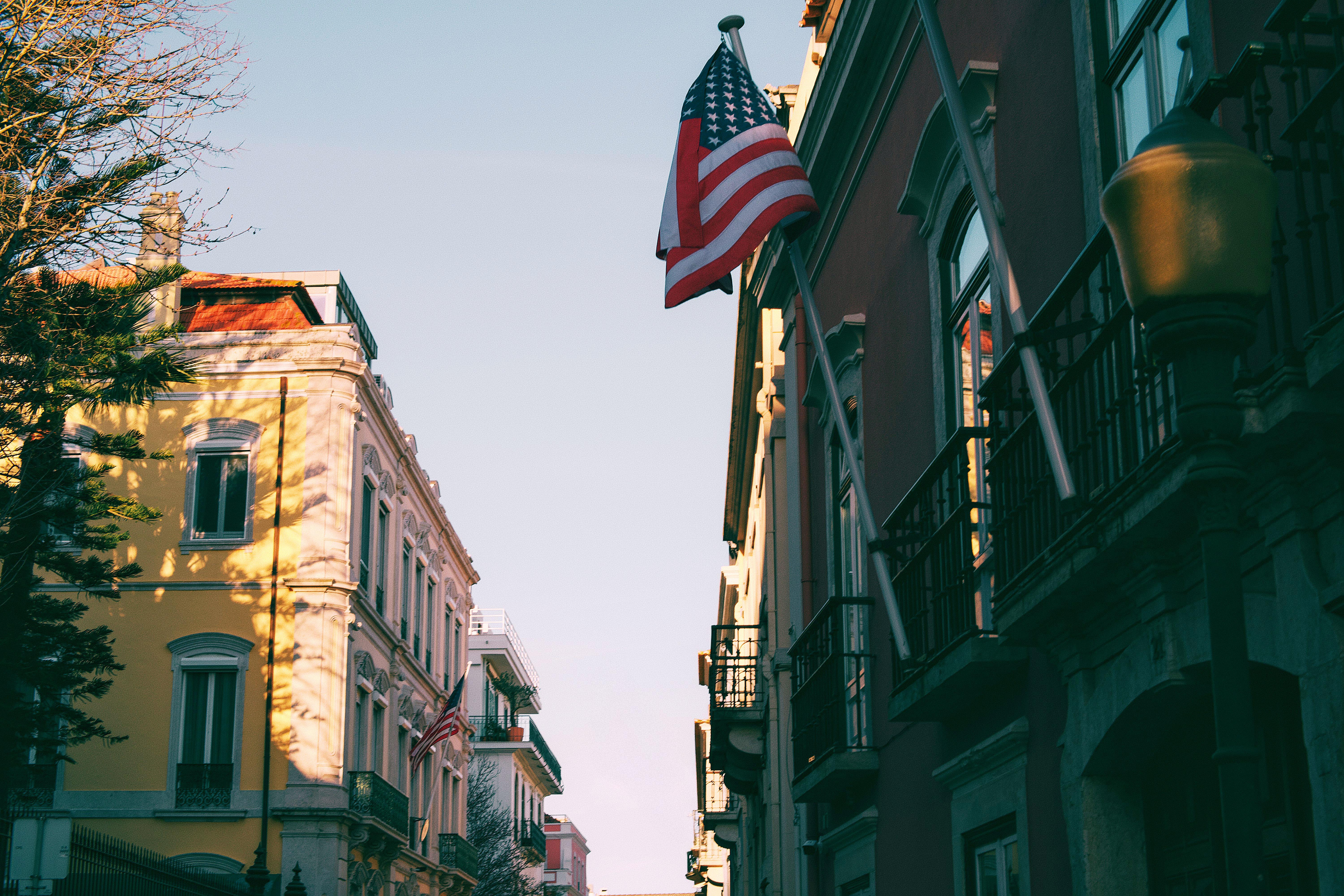Common Immigration and Naturalization Forms and Fees

.svg)
Applying for immigration benefits like a marriage green card, K-1 fiancé visa, or U.S. citizenship involves specific USCIS forms with associated fees. In 2025 the K-1 fiancé visa process takes approximately 8-11 months for applications filed today. The spousal visa (CR-1 visa) process can take between 14.5 and 35 months depending on the sponsor’s U.S. citizenship status. Understanding the overall cost and timeline of each option is crucial for couples deciding on the best path to a green card.
{{important-1}}
{{cta-component-center-aligned}}
2025 USCIS Filing Fee Increases: Impact on Immigration Applications
In 2024, U.S. Citizenship and Immigration Services (USCIS) implemented increased filing fees for almost all immigration applications. This includes applications for marriage-based green cards (I-130, I-485) and K1 visas (I-129F), impacting both family-based and employment-based immigration processes.
{{tip-2}}
Marriage Green Card (Form I-130/I-485):
- Purpose: Obtaining lawful permanent residence in the U.S. based on marriage to a U.S. citizen or permanent resident.
- Who Must File: The spouse seeking the green card.
- Associated Fees: Up to $3005
- Forms Required:
- Form I-130 (Family Sponsorship Petition)
- Form I-485 (Green Card Application)
K-1 Fiancé Visa (Form I-129F):
- Purpose: Bringing a fiancé(e) to the U.S. for marriage within 90 days of arrival.
- Who Must File: The U.S. citizen fiancé(e).
- Associated Fees: $675
- Forms Required:
- Form I-129F (Petition for Alien Fiancé(e))
Spousal Visa (CR-1 Visa – Consular Processing):
- Purpose: Bringing a spouse to the U.S. as a lawful permanent resident.
- Who Must File: The U.S. citizen or permanent resident spouse.
- Associated Fees: $1540
- Forms Required:
- Form I-130 (Family Sponsorship Petition)
- Form DS-260 (Online Immigrant Visa Application)
U.S. Citizenship (Form N-400):
- Purpose: Obtaining citizenship through naturalization.
- Who Must File: Eligible permanent residents meeting residency and other requirements.
- Associated Fees: $760
- Forms Required:
- Form N-400 (Application for Naturalization)
{{tip-3}}
Below is a comprehensive overview detailing the current prices of key forms.
Green Card Costs and Fees (2025)
The following green card forms are listed in alphabetical order and represent the current costs to file. Learn more in our guide to green card expenses.
{{cta-component-center-aligned-1}}
U.S. Citizenship Forms and Fees
The following U.S. Citizenship forms are listed in alphabetical order.
If naturalization is your end goal, Boundless can help. Start your immigration journey with our visa planning quiz.
List of Other Common Immigration Forms (2025)
Helpful Links
Immigration Forms
- USCIS forms list (always check this link for the latest version of a form)
- Common immigration forms (quick access to guides for the most common forms)
- State Department online application portal (for people seeking a green card from outside the United States)
Immigration Fees
- USCIS fees list (check here for the most up-to-date list)
- State Department fees list
Immigration Documents
- Supporting documents for marriage-based green card forms
- Supporting documents for naturalization forms
- Where to look for hard-to-find immigration documents
- How to create high-quality digital documents for immigration
{{cta-component-center-aligned-2}}
Related Information
New Visa-Related Fees in 2025
The One Big Beautiful Bill Act (OBBBA) introduces several new fees starting in fiscal year 2025, including a $250 “visa integrity fee” for most nonimmigrant visa applicants. Other increases affect Form I-94, ESTA, TPS, parole, and asylum filings.
These fees are in addition to existing USCIS application costs and, in many cases, cannot be waived. See the full list of upcoming fee changes.
How to Avoid USCIS Fees
You may be able to avoid USCIS fees by applying for a fee waiver using Form I-912 if your income is at or below 150% of the federal poverty guidelines, you receive a means-tested public benefit, or you’re facing financial hardship. Some applicants may also qualify for reduced fees (Form I-942) or automatic fee exemptions, especially for humanitarian cases. To save money, file forms online when possible (some include a discount) and submit related applications together, such as the work permit (Form I-765) and travel document (Form I-131) with a green card application. Always check current USCIS rules before filing.
When should I file to avoid a fee increase?
You should file your USCIS application before any new fee rule takes effect, as fee increases are not applied retroactively. The most recent fee hike went into effect on April 1, 2024. While no new increase has been announced yet, it’s smart to file as soon as you’re eligible — especially if USCIS has proposed new changes or updates. Check the Federal Register for advance notice of any upcoming fee adjustments.
New Visa-Related Fees in 2025
The One Big Beautiful Bill Act (OBBBA) introduces several new fees starting in fiscal year 2025, including a $250 “visa integrity fee” for most nonimmigrant visa applicants. Other increases affect Form I-94, ESTA, TPS, parole, and asylum filings.
These fees are in addition to existing USCIS application costs and, in many cases, cannot be waived. See the full list of upcoming fee changes.
How to Avoid USCIS Fees
You may be able to avoid USCIS fees by applying for a fee waiver using Form I-912 if your income is at or below 150% of the federal poverty guidelines, you receive a means-tested public benefit, or you’re facing financial hardship. Some applicants may also qualify for reduced fees (Form I-942) or automatic fee exemptions, especially for humanitarian cases. To save money, file forms online when possible (some include a discount) and submit related applications together, such as the work permit (Form I-765) and travel document (Form I-131) with a green card application. Always check current USCIS rules before filing.
When should I file to avoid a fee increase?
You should file your USCIS application before any new fee rule takes effect, as fee increases are not applied retroactively. The most recent fee hike went into effect on April 1, 2024. While no new increase has been announced yet, it’s smart to file as soon as you’re eligible — especially if USCIS has proposed new changes or updates. Check the Federal Register for advance notice of any upcoming fee adjustments.
New Visa-Related Fees in 2025
The One Big Beautiful Bill Act (OBBBA) introduces several new fees starting in fiscal year 2025, including a $250 “visa integrity fee” for most nonimmigrant visa applicants. Other increases affect Form I-94, ESTA, TPS, parole, and asylum filings.
These fees are in addition to existing USCIS application costs and, in many cases, cannot be waived. See the full list of upcoming fee changes.
How to Avoid USCIS Fees
You may be able to avoid USCIS fees by applying for a fee waiver using Form I-912 if your income is at or below 150% of the federal poverty guidelines, you receive a means-tested public benefit, or you’re facing financial hardship. Some applicants may also qualify for reduced fees (Form I-942) or automatic fee exemptions, especially for humanitarian cases. To save money, file forms online when possible (some include a discount) and submit related applications together, such as the work permit (Form I-765) and travel document (Form I-131) with a green card application. Always check current USCIS rules before filing.
When should I file to avoid a fee increase?
You should file your USCIS application before any new fee rule takes effect, as fee increases are not applied retroactively. The most recent fee hike went into effect on April 1, 2024. While no new increase has been announced yet, it’s smart to file as soon as you’re eligible — especially if USCIS has proposed new changes or updates. Check the Federal Register for advance notice of any upcoming fee adjustments.
Boundless can help you pay your government fees on a schedule that works for you.
Start your application today and pay over time.
Boundless can help you pay your government fees on a schedule that works for you.
Easy. Online. Immigration.
Take our short visa planning quiz to get started.
Boundless can help you pay your government fees on a schedule that works for you.
Start your application today and pay over time.
Boundless can help you pay your government fees on a schedule that works for you.
Easy. Online. Immigration.
Take our short visa planning quiz to get started.
USCIS Form and Fees FAQs
USCIS increased its fees to cover rising operational costs. The agency is largely funded by application fees, and the new fee schedule is intended to improve processing times and reduce backlogs.
Use the USCIS Fee Calculator (Form G-1055) on the USCIS website. It’s the most accurate way to determine what you’ll owe based on your form type and filing category.
Yes. Certain forms are $50 cheaper if filed online. You’ll also receive automatic status updates and faster confirmations when you apply through your USCIS online account.
Yes. Certain humanitarian applications — like T visas, U visas, VAWA petitions, and Special Immigrant Juvenile Status — are automatically exempt from fees. Others may qualify for waivers or reductions based on income or hardship.


.svg)





.svg)
.avif)